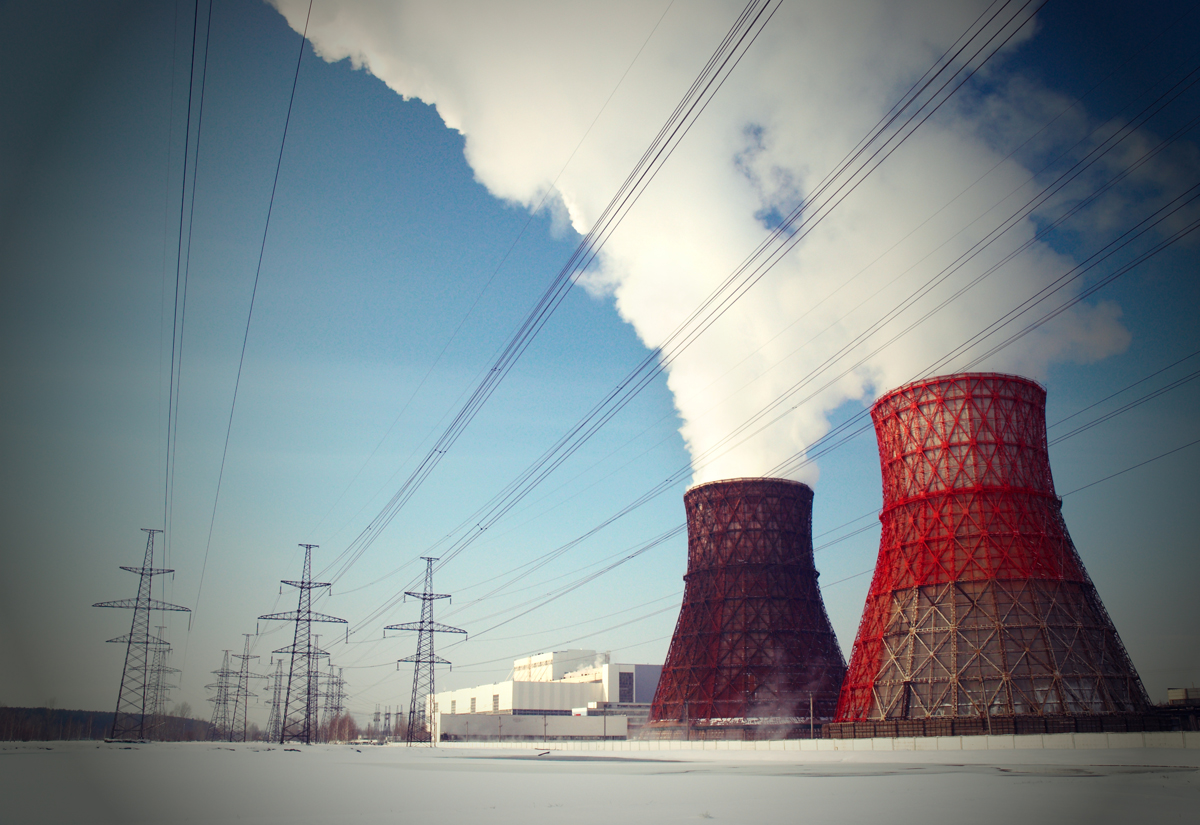Dry cooling towers differ from many traditional cooling applications in several ways.
What Are Cooling Towers?
Simply put, a cooling tower is a device that rejects heat. It takes in heat and puts that air into the atmosphere at a much cooler temperature, thanks to the cooling process of a water stream. You will generally find these large applications in chemical plants, nuclear power plants, HVAC systems and oil refineries.
Cooling tower sizes will vary depending on location. The largest towers currently used measure more than 600 feet tall. These cooling towers, known as hyperboloid towers, are used mainly in nuclear power plants.
Cooling towers were initially developed in the 1800s, used for steam engines. By the time the next century began, many newer evaporative methods for recycling water were underway. These devices were especially popular in urban areas that lacked municipal water mains. The very first hyperboloid cooling tower was built in the Netherlands in 1918.
Dry Cooling Towers Defined
Considered closed-circuit towers, dry cooling towers operate by transferring excess heat from the system. The heat transfer in these models occurs via a surface separating ambient air and working fluid. These towers utilize either water or a mix of water-glycol for the transfer. Within the tower, air can be induced through mechanical or natural draft in order to move the air throughout the air-cooled heat exchangers.
Contrary to most other towers, dry cooling models do not use evaporation. This ultimately means the consumption of makeup water is minimal. The fan within the system uses an electric motor for operation. Overall, the system functions with air cooling technology and the hot water helps the heat exchange since the tubes are exposed to the surrounding ambient air flow.
There is an increase in volumetric flow rate of air through the heat exchanges, if an improved affect on performance is desired. One downside associated with dry cooling towers is the lower efficiency when the ambient air temperature rises. The motors within the tower are specifically designed to keep efficiency high when dealing with dust, moisture and rain-resistance.
Dry Cooling Towers Application
Ranged from 5-2,000 kW performances, dry cooling towers have different noise levels and are typically designed for outdoor use. These models have been used for power plants, factory cooling, plastics and the solar industry.
It is possible to use these towers in computer room air conditioning systems and water-cooled chilled water air conditioning systems. These towers work best in locations where water resources are scarce. Excess heat can be eliminated easily without damaging the outside environment.
Universal Tower Parts In Phoenix, AZ
Universal Tower Parts provides stainless steel and galvanized options, welded and gasketed, direct, gear reducer and belt drive units, with efficient Jedair fans, and Jedair low noise fans. Strainers, fan guards and louvers are well constructed, and designed to operate efficiently as they perform their function. Cool Core drift eliminators and fill are made by Universal Tower Parts expressly for our towers.





